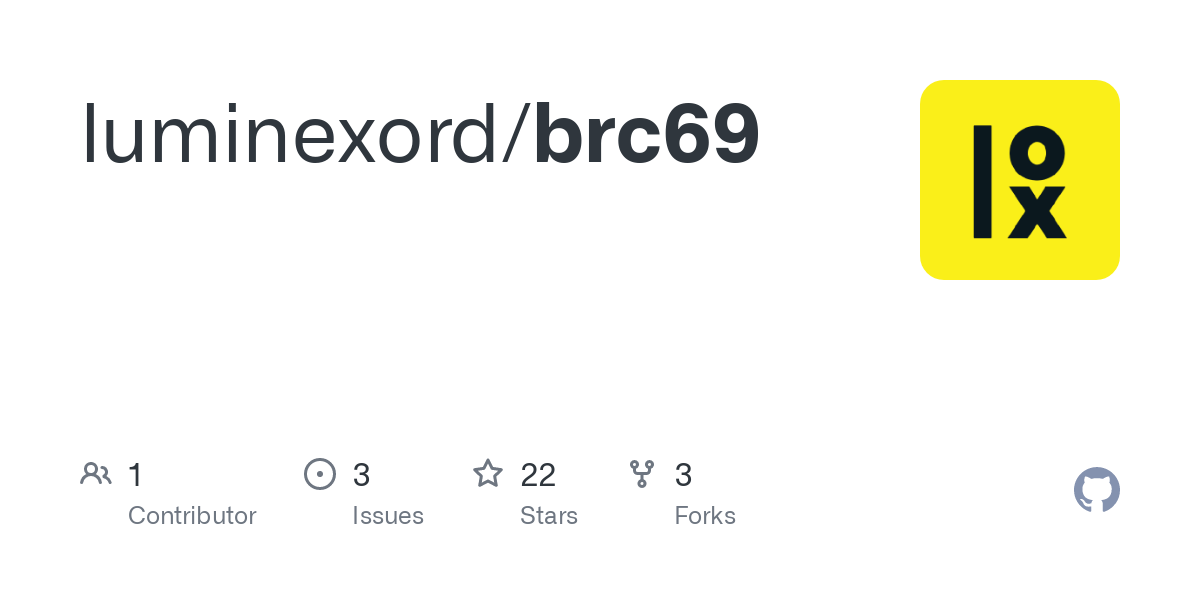Revolutionizing Bitcoin Ordinals with Recursive Inscriptions
A new chapter in Bitcoin’s evolution has begun with the introduction of the Bitcoin Standard BRC-69. This groundbreaking standard eliminates the previous 4-megabyte data limit for inscriptions on Bitcoin Ordinals, bringing forth a wave of innovation and possibilities.
(3/7) With BRC69, we can reduce the costs of inscriptions for Ordinals collections by over 90%. This reduction is achieved through a 4-step process: (1) inscribe traits, (2) deploy collection, (3) compile collection, and (4) mint assets.
— Luminex (@luminexio) July 3, 2023
Bitcoin Ordinals, which can be thought of as non-fungible tokens (NFTs) on the Bitcoin blockchain, have taken a significant leap forward with the implementation of the BRC-69 standard. This development introduces recursive inscriptions, a method that allows users to extract data from existing inscriptions and create new ones.

Unprecedented Efficiency and Cost Reduction
The adoption of BRC-69 has resulted in an impressive 90% reduction in both time and costs associated with creating inscriptions for Ordinals collections. This remarkable achievement is made possible through a streamlined 4-step process: (1) inscribing traits, (2) deploying the collection, (3) compiling the collection, and (4) minting assets.
Maximizing the Potential of Bitcoin’s Blockspace
Blockchain technology constantly strives to optimize the utilization of Bitcoin’s blockspace, a limited and valuable resource. The BRC-69 standard directly addresses this challenge by enabling more efficient use of blockspace. It unlocks new avenues for developers and users to make the most of Bitcoin’s capabilities.
Introducing Bitmaps: A Path to Ownership
Alongside the emergence of recursive inscriptions, another groundbreaking concept has entered the Ordinals space—Bitmaps. This innovative approach empowers Bitcoin users with a unique method to claim ownership over Bitcoin blocks. By utilizing Bitmaps, individuals can assert their stake and demonstrate their rightful control over specific blocks within the blockchain.
Milestones in Bitcoin’s History
These advancements are not mere incremental improvements; they represent significant milestones in the evolution of Bitcoin. The Bitcoin Standard BRC-69 and the introduction of recursive inscriptions and Bitmaps are reshaping the way data is stored and managed on the Bitcoin blockchain.
Enriching Bitcoin’s Capabilities and Flexibility
The implications of these innovations are profound. They promise an enriched and more flexible approach to storing and leveraging data on Bitcoin. By expanding the capabilities of the world’s leading cryptocurrency, the BRC-69 standard and its associated developments are propelling Bitcoin into a new era of efficiency and functionality.
In conclusion, with the implementation of the Bitcoin Standard BRC-69, Bitcoin Ordinals have witnessed a revolutionary transformation. Recursive inscriptions and Bitmaps have unlocked unprecedented efficiency, reduced costs, and opened up exciting possibilities for data storage and ownership within the Bitcoin ecosystem. As we continue to push the boundaries of blockchain technology, the potential for Bitcoin’s growth and utility knows no bounds.
Compiled by Coinbold

